As this very long year draws to a close and the dark Scottish nights are upon us, it’s perhaps a good time to look back at how the Digital Media Team at National Museums Scotland responded to the events of this extraordinary year and for me to reflect on my experience of working from home.
Closing the doors
Working from home has become the new normal and will be for the foreseeable future, despite recent positive news about vaccines. I haven’t seen my colleagues in the flesh for a very long time and I do miss them. Strangely, we’ve been communicating more than we ever did in the office with daily team meetings and a lot of back-and-forth on emails, Microsoft Teams and WhatsApp.
There has been a natural progression into a more agile way of working across the whole organisation – we’ve become more flexible and were, on the whole, able to quickly adapt to the shifting organisational needs. That’s all been positive but the chatter and camaraderie you get from all working in the same space isn’t quite the same when your office buddies are three cats and the wildlife outside my window – it’s all a bit one sided!
Museum at Home
Almost overnight from March 17th – when our museum doors shut and our full programme of exhibitions and events was postponed – our digital platforms became the main way for the organisation to communicate with and engage our audiences. How could we both continue to engage those who would normally visit us in person as well as work with people across the museum to sensitively reflect the unfolding situation in the world around us?
One thing we quickly realised as lockdown started was that people were online a lot more. A LOT more. It seemed that people were picking up their phones and wanting to share thoughts, funny moments and experiences of life in lockdown. In response we saw an opportunity to shift our style on social media away from a more top-down, broadcast model to adopting a warm, open, playful and empathetic tone.
Very quickly we also realised we would need some help! On 23rd March we sent out a call for content ideas around the collections services and curatorial teams. This call generated 61 responses from 34 colleagues with creative ideas for content on social media, the website and the blog. And it led to some brilliant posts using the collections to reflect on the strange times we found ourselves in.
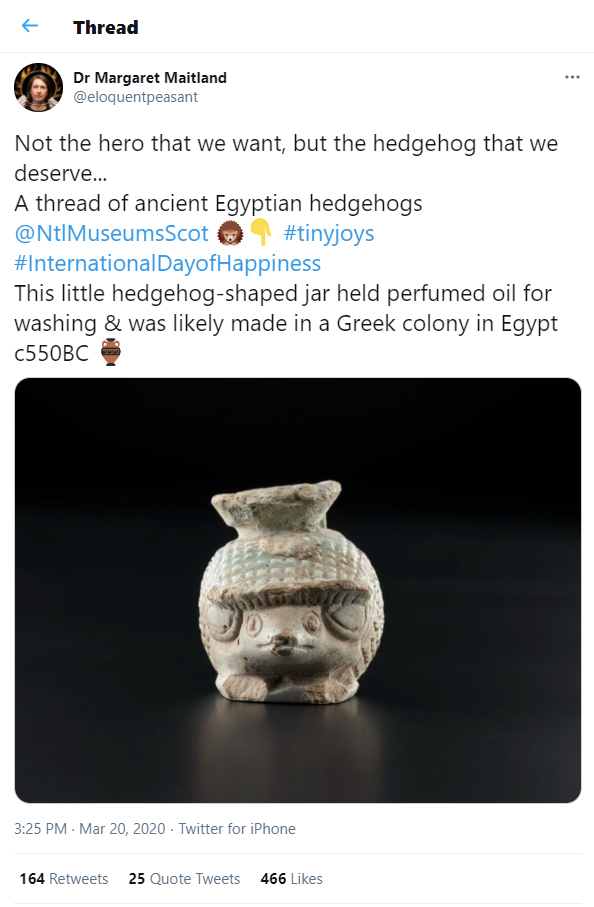

As lockdown continued – perhaps for longer than we first expected – we also realised that certain audiences were looking online for things to occupy their time and attention. Whilst visits to the museum sections of the website had understandably dropped off a cliff, traffic to our Explore section where we host long-form stories, films, games and resources based on the collections, had seen significant increase.
In this period traffic to Search our Collections page went up 49% and there was an increase of 61% in access to online object records. Explore traffic increased by 35% with the largest increases seen in access to online content resources (up 261%) and videos (up 1140%!).
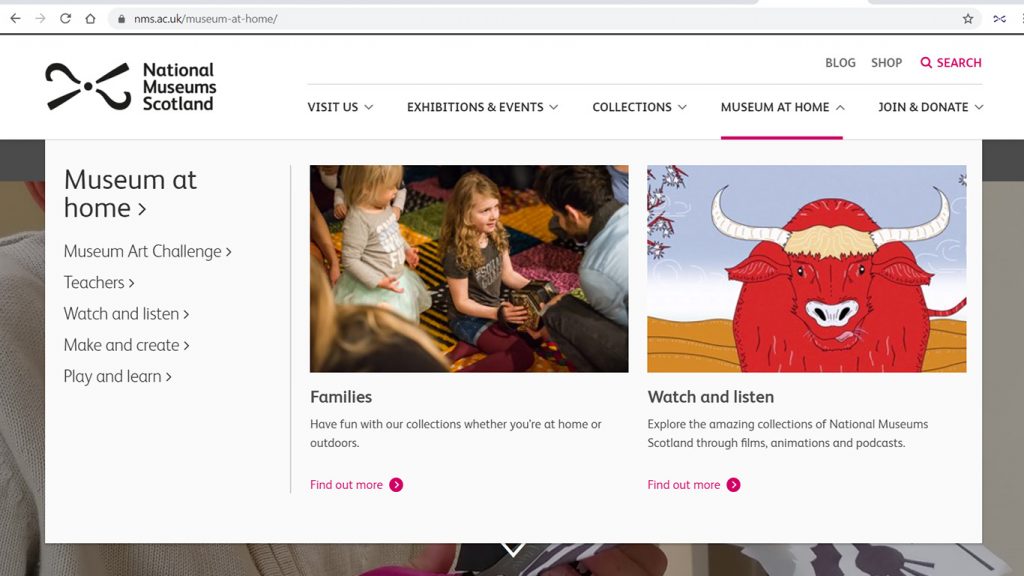
The team’s response was to collect together our very best online resources and activities under a new “Museum at Home” section on the website. Usually changing the top-line navigation of our website would involve multiple rounds of consultation but the Exhibition & Events section was pulled down and quickly replaced with Museum at Home to respond to audience needs and behaviour. The new section grouped existing resources by audience and type, showcasing resources for teachers as part of home schooling and hands-on (or, eyes-on!) activities for families stuck at home. Anticipating life in lockdown continuing into Summer, the Museum at Home section became the place to highlight the new content we would go onto create…
A sunny spring
I think we were incredibly lucky that the weather was absolutely beautiful this spring – the Met Office confirmed that May 2020 had been the sunniest calendar month since June 1957. After an initial flurry of activity and settling into the new remote working routine it was sometimes hard to keep up the energy you get from being with your team in person. It was at this time that I gained a new working from home companion! In the garden one lunchtime I noticed white flash in the bushes.

It turned out to be a half starving cat looking for company (and a big bowl of food!). Patch (as he is now known) is now a permanent resident with my other two cats and they like to make occasional appearances on my online meetings.
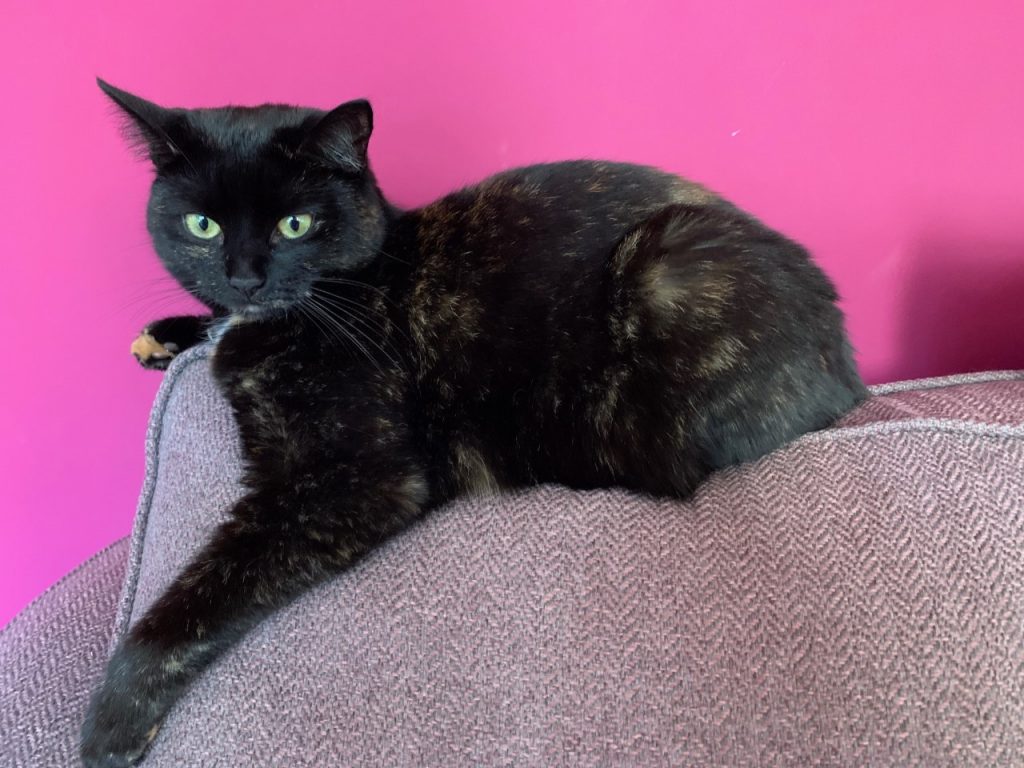
Bluebell 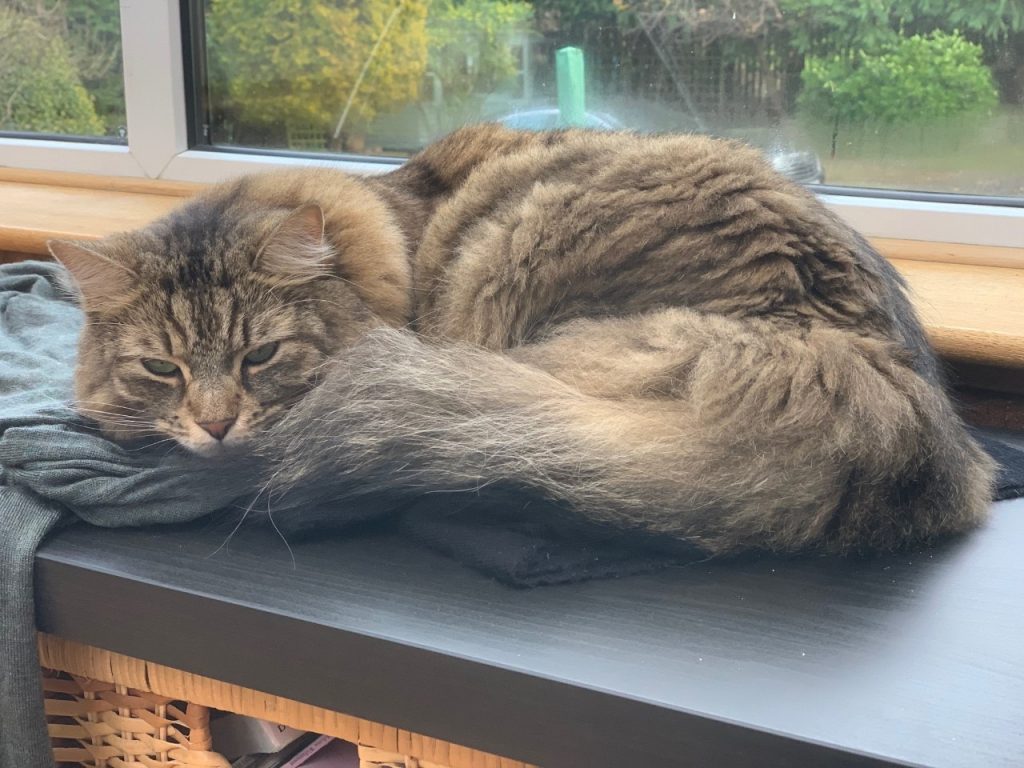
Tigger
Getting outside
A particular favourite of the new resources we’ve added to Museum at Home is the Brilliant bugs section, added to coincide with #EntoAtHome for National Insect Week 2020 in June. We’ve all be spending more time getting out into nature where possible and the Brilliant Bugs encourages our family audiences to explore the incredible world of insects and other invertebrates in gardens or out on a walk.
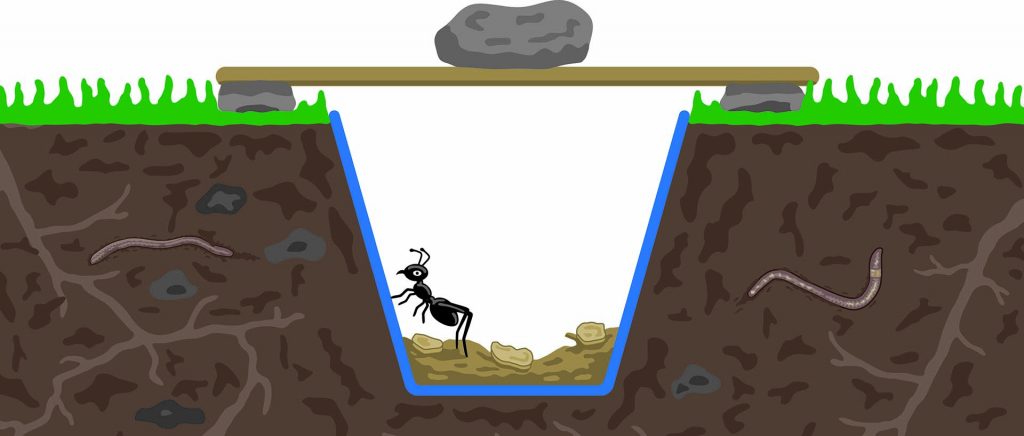
I’ve also been trying to get closer to nature and placed a birdfeeder outside my working from home desk with mixed results – the peanuts are attracting more squirrels than birds!
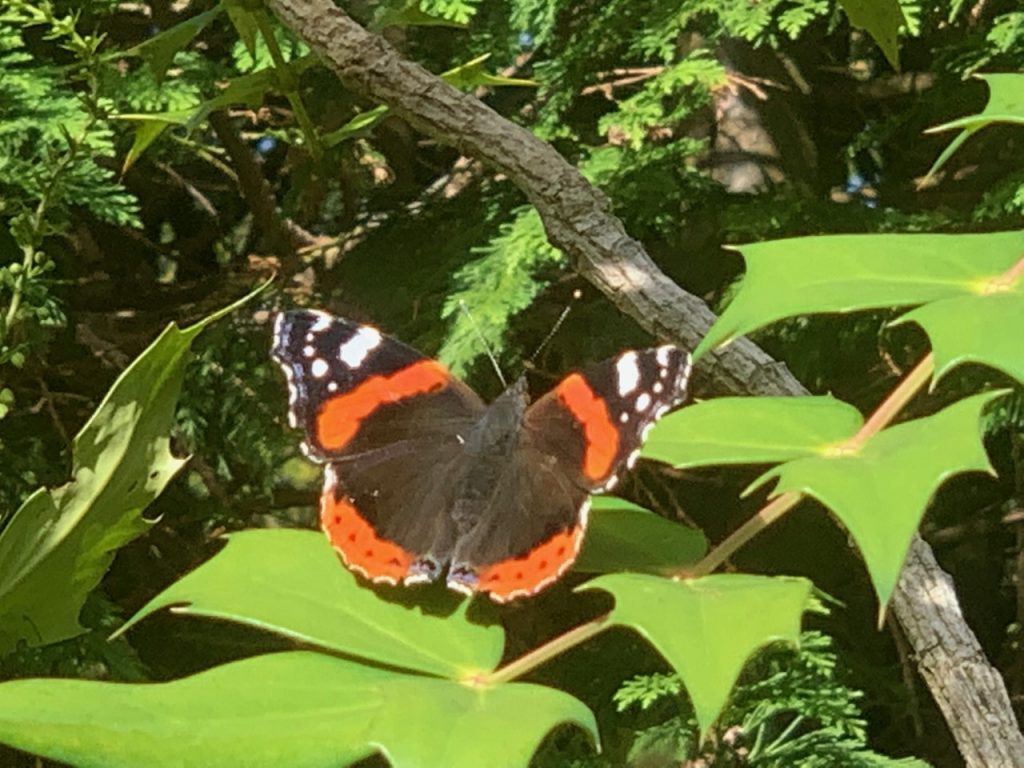
An Admiral butterfly spotted in the garden. 
Naughty grey squirrel feeding from the bird feeder.
An April tour of Ancient Egypt
Using our Google Streetview tour of our Egypt gallery, some audio magic provided by Margaret Maitland (Principal Curator of the Ancient Mediterranean) and some nifty work by our Multimedia Producer, Mario Cruzado, we created a virtual tour of the Ancient Egypt Rediscovered gallery. Margaret’s tour was themed around family, togetherness and separation, so bringing a topical relevance to our Ancient Egyptian collections. It has been well received by our online audiences and was featured on the BBC’s “Museum at Home” celebration as part of their Culture in Quarantine series in April.
Sharing our audiences’ creativity
We also identified that our audiences were missing the physical museum space and collections, so we used our digital tools to help showcase their creative use of our collections to express their experiences of lockdown.
Exploring Life in Renaissance Scotland in May
In May, Dr Anna Groundwater (Principal Curator of Scottish Renaissance and Early Modern History) took part in an online #AskMeAnything session across our social media platforms, which gave followers the opportunity to ask our curators literally anything they wanted. This was a nice use of the digital medium as it was something we could never have done at this scale in the physical space.
Anna provided intimate details about the life of Mary, Queen of Scots and the earliest items in the part of the collection she looks after. This was one of many #AskMeAnything sessions we’ve run aiming to connect audiences to museum experts in the most immediate way possible.
Commemorating the Second World War
A celebration of VE Day had been planned prior to lockdown, and although the event itself wasn’t taking place, our Learning & Engagement team were keen to have an online resource for the Second World War. This would commemorate the war through collections stories and act as a school curriculum resource. We developed a comprehensive web page in three sections: life on the front, life at home, and the impact changing technology had at the time. I particularly liked the story of the the evacuee Millie Grey, as my own mother had been evacuated from London and had had similar experiences.
Sauntering into summer
Life became a bit of a blur at this time. I know my hairstyle (or rather lack of) was becoming increasingly unruly as summer edged closer! Lockdown locks became a topic of conversation, with many colleagues in online meetings whilst hairdressers remained closed. It’s funny the things that became part of everyday conversation – I hadn’t ever talked about hairstyles to so many people! Some curious objects in the collection have kept my morale up during these unpredictable times, including this 19th century model of a human head, reflecting how I felt about my hair at the time.
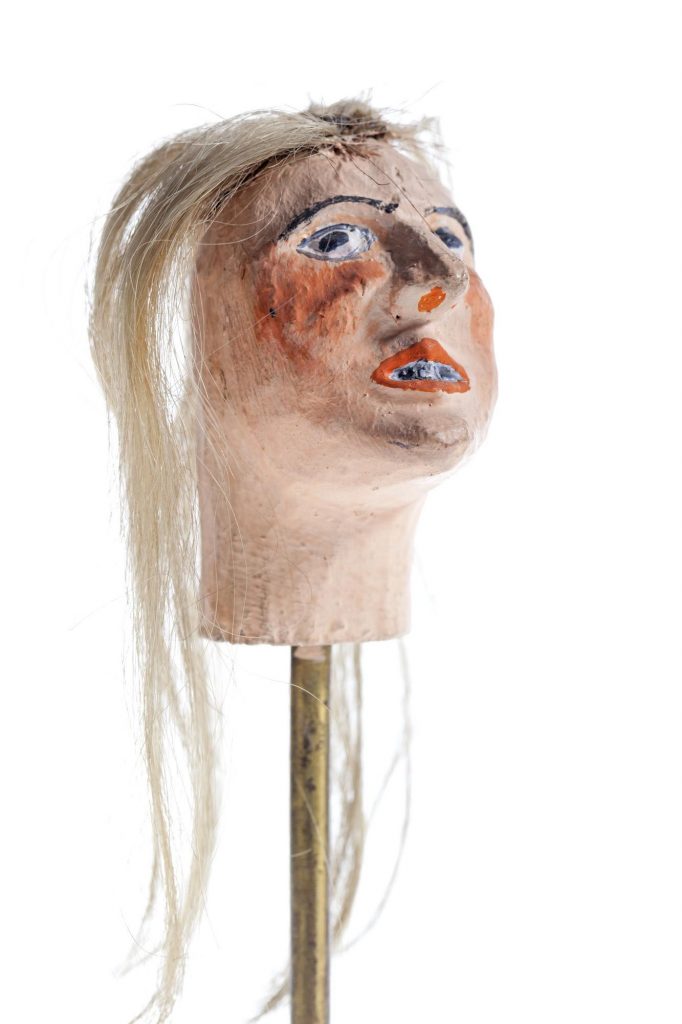
We’re open
As lockdown eased, a huge coordinated effort swung into action across the organisation to reopen the doors of our four museums, with capacity initially limited and new safety measures in place. To get the sites open safely, detailed guidelines were published on the website and a new online booking system was rapidly deployed. Suddenly, we had gone from serving online visitors only, to something more like normal life. Our External Relations colleagues pulled together to make sure we were ready and clear in our messaging: the museums were now open, but not quite as before. This united approach worked well because there was a clear plan, clear leadership and I was pleased to be able to play my part.

Is life returning to normal?
With the reopening of the museums completed, life for a moment seemed to be settling down a bit, held in a delicate and ever-changing balance. Pupils had returned to the classroom, sport was back (albeit behind closed doors) and our visitors told us they were pleased the museums had reopened. As a Digital Media Team we’ve also had to maintain a balance between promoting physical visits and serving existing and new online audiences with stories about the collections and online access to expertise, resources and distractions!
For example, September provided an opportunity to share some of our most iconic objects to celebrate Scottish Archaeology Month and online audiences are always drawn to the stories of precious objects linked directly to specific moments in history.
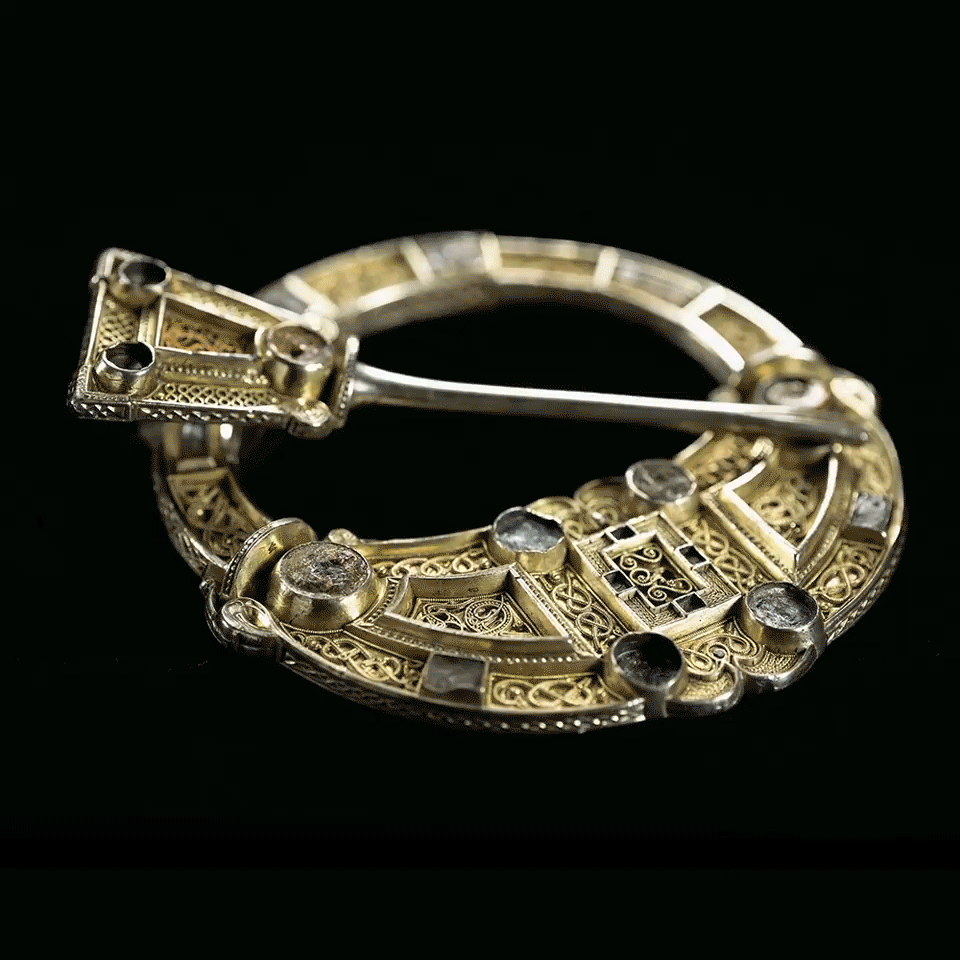
What next?
As we’ve moved through the Autumn, and the first snow is now falling in December, new content streams are being developed, including a full programme of online events for the general public and our members. So, whilst working life in lockdown has had its ups and down, uncertainties and changes of direction, we’ve learnt a lot about our audiences and what they want and need from us as a national museum group. Through this challenging year my team have kept me grounded and brought some sense of normality to my working life. I can’t wait to see you all in person again, hopefully soon!
As ever, you can keep up to date with National Museums Scotland by following us social media or delve into the collections on our website: https://www.nms.ac.uk
